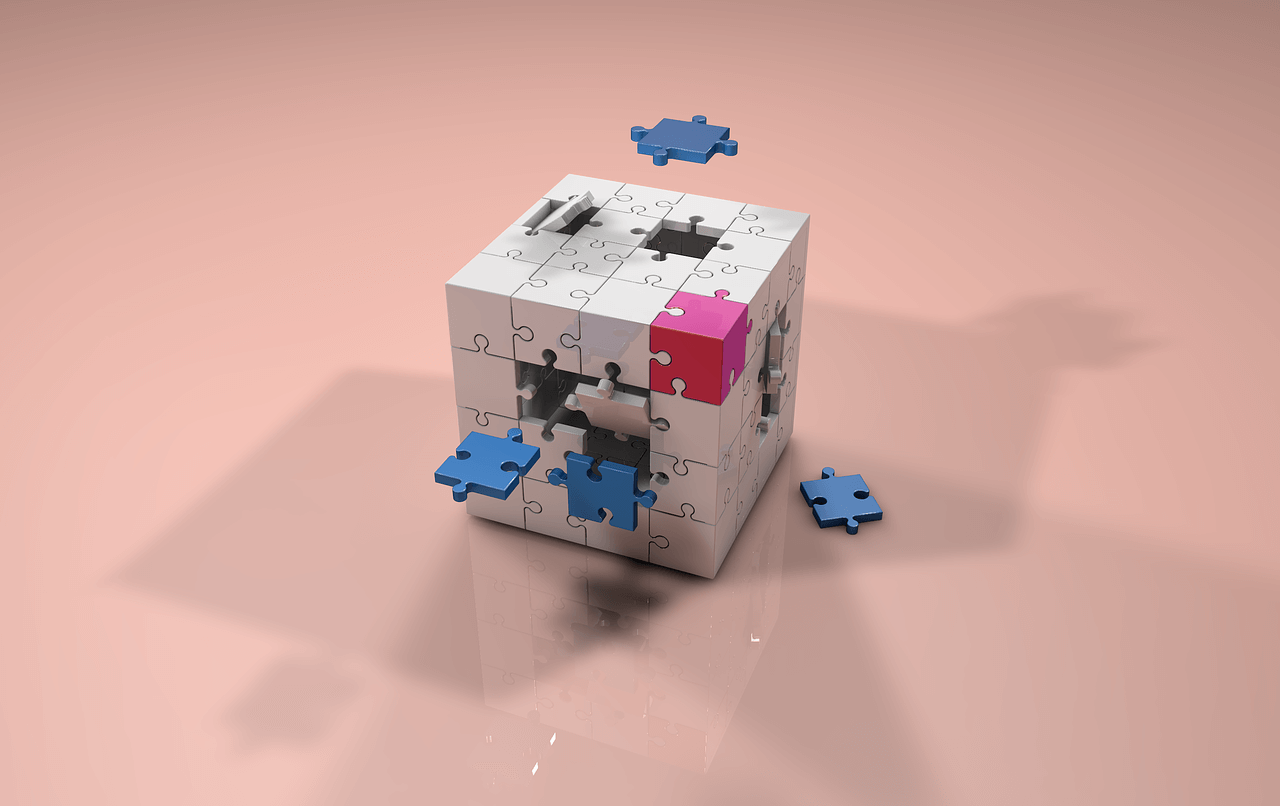Enter the Kakuro Puzzles
Kakuro Puzzles are one of the newest craze to hit the international community that has always been enticed by brainteasers and other mind-boggling activities like the Crossword puzzle. In its early day, what used to be known as the Cross Sums, was subsequently renamed Kakuro Puzzles. The history of Cross Sums is very similar to that of the Sudoku Puzzle.
During the 1980s, what was Cross Sums then was taken into Japan by renowned puzzle enthusiast Maki Kaji, who was then the president of the popular Nikoli puzzles. The game was then renamed with its modern day title Kakuro Puzzles. The new name was actually derived from the Japanese word “kasan,” which literally means “addition.” It was combined with the incorrect pronunciation by the Japanese of the english word “cross,” which was “kurosu.” Hence, it was first renamed Kasan Kurosu. However, since it was fairly common in Japanese culture to abbreviate words, it was shortened to the name that it possesses today.
What is now known as Kakuro Puzzles, which was still under its original English name mentioned earlier, was originally published by Dell Magazines in 1966. This, much like the Sudoku Puzzle, became a regular item in math publications and other game magazine publishers. It’s popularity stems from the fact that brain exercises received much attention and advocation. This phenomena occurred after studies supported claims that these kinds of activities actually stimulate various mental faculties.
The objective of Kakuro Puzzles is very simple. The task is to fill in the blank squares with any number between one through nine. Players have to make sure, however, that the total sum of all the numbers in a row or a column, would add up to the number printed or displayed on the left and/or upper part of the row or column. The difficulty arises as players have to take note of the rule that no number should be repeated in any row or column.
Kakuro Puzzles seem to require a very easy task from its players. However, it has been proven that in trying to solve a particular puzzle completely, players are required to use much of their cognitive resources. Of course, this is something favored by fans of problem sets and puzzles.
There’s a lot of published books that include a wide range of Kakuro Puzzles. This would include puzzles for those who want to try it for the first time. Of course, these puzzles cater to those young enthusiasts who want to practice their arithmetic and problem-solving abilities. This would come in as small as a 6×6 puzzle square. For the more addicted fans of this brainteaser, 30×30 puzzle sets are mostly available in all the books that have been published. In case a player is frustratingly faced with a dead-end to the puzzle, most books have a solution to all the different puzzles printed at the back pages of the book.
In Japan, it is estimated that Kakuro Puzzles rank second in terms of popularity. It follows the most popular game puzzle in that region, the Sudoku Puzzle. But with continued support from western publishers following its advent in 2005, Kakuro Puzzles will surely remain to be one of the favored intellectually stimulating game of the milieu.
For more valuable information on kakuro puzzles please visit http://www.free-kakuro-puzzles.com
Source: www.articlesbase.com

